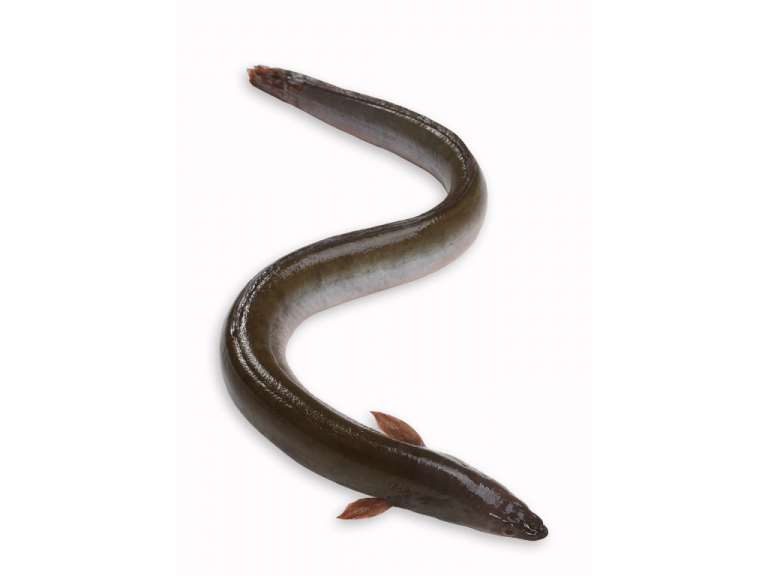It’s quite strange: sometimes people bathing on the shores of South America and Africa suddenly get shocked.
Who’s to blame? The victims naturally want to find the culprit, but the surprising result is that it’s some fish.
There are nearly a hundred species of fish near tropical coastlines that can generate electric shocks. They are called “living generators.”
In the pitch-black night, when the electric lights shine, the darkness becomes like daylight. This is the contribution of these generators.
Check the voltage of an electric light, it’s only 220 volts. However, the voltage produced by these electric fish is astonishingly high. Electric rays can generate a voltage of 70 volts; electric eels produce about 100 volts; electric catfish can reach up to 300 volts. No wonder small animals shocked by them meet their end.
Religious zealots often distort these strange phenomena in the natural world, even connecting them with beliefs about “souls.” But in the face of scientific truth, they always fail. Don’t view this as mysterious and inscrutable. Science, in simple and clear language, reveals the mysteries behind them:
The bodies of animals are filled with various substances, many of which are salts. Salts, a collaboration of positively charged cations and negatively charged anions, are not immutable. During their “journey” in liquid, these two “collaborators” separate for various reasons.
Cations and anions have quite different dispositions: cations have a pair of bouncing “legs” and always leapfrog to the other side, while anions always sit quietly in their original place. Therefore, they are often separated on either side of the cell membrane. Countless cations carry many positive charges, and countless anions carry many negative charges. If you connect them with a wire, a current will pass through, and this is the origin of voltage.
In fact, not only some electric fish but also humans, other animals, and even plants generate electrical currents, albeit weaker. In science, this electrical current within living organisms is called “bioelectricity.”

